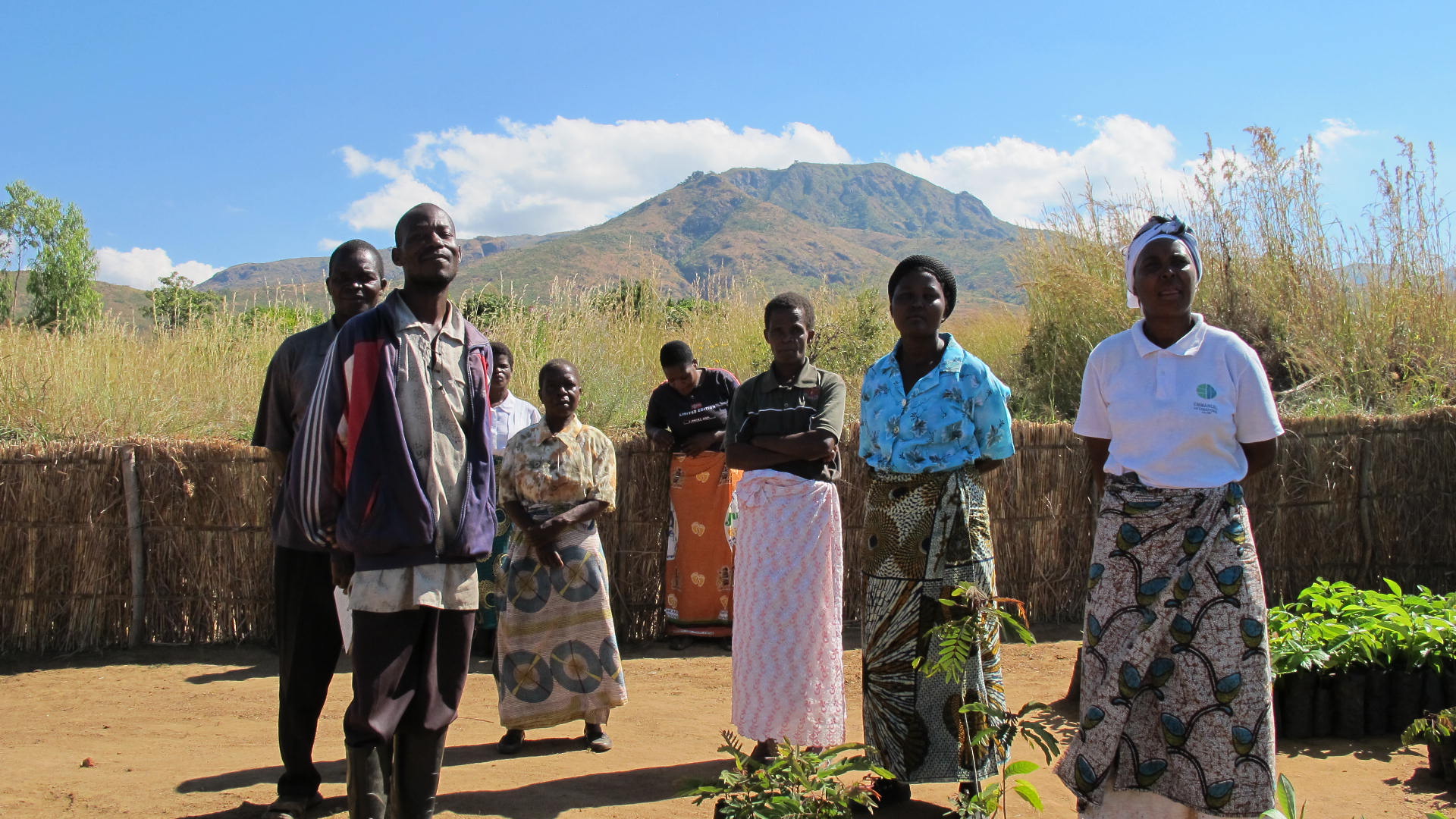For the past two weeks I have been in Malawi, “the warm heart of Africa” working on a five-year food security framework for a client. I was last here in 1999 for work and quite a lot has changed. Certainly, the changes in both Lilongwe and Blantyre are evident. Lilongwe abounds with recent construction projects by the Chinese from modern conference halls, hotels, supermarkets and other “droppings”. The country is also a lot more active in terms of international donor work, non-profits and a range of commodity traders, though the job market in the cities remains tight. The rural areas, though, are unchanged. The level of poverty here has grown due to a number of droughts in the 2000s wrought by climate change and an ever growing population. The country has 13 million people crammed into a country the size of Pennsylvania and its population is expected to triple over the next 25 years.
Traveling throughout the country and meeting with a range of people from different villages, some key themes emerge related to food security. Farmers are no longer able to rely on timely rains and prolonged droughts are becoming the norm. Malawians’ addiction to maize to make the staple – nsima makes matters worse. Maize is ill-adopted to drought prone areas. Traditional crops such as millet and sorghum which do well with limited rainfall have fallen out of favor. Many donors and NGO implementers promote climate smart agriculture to encourage farmers to practice conservation agriculture to retain moisture in the soil, minimum tillage, diversify their production, etc. It’s slow going. Though it is more profitable and reliable to grow other things, maize remains a key part of the diet.
The growing population and declining production have also contributed to the destruction of the environment. Unbridled charcoal production has decimated Malawi’s forests in highland watersheds. Downstream inhabitants are affected by torrential floods and siltation of river banks, some of which flow into Lake Malawi. Even fishermen report a drastic decline in their catch. Any solution to improving Malawi’s food security problem must take into account critical watersheds in addition to improved farming and climate smart agriculture. It is also possible to turn back rapid population growth through a concerted effort to change behavior through family planning and increased access to materials.
External actors can’t do this alone, the government must drive these initiatives. Climate change policy is now at the top of its agenda, so it’s time to put these plans into practice to bring prosperity to all Malawians.

